BioGas Plant
Breakdown of major business operations
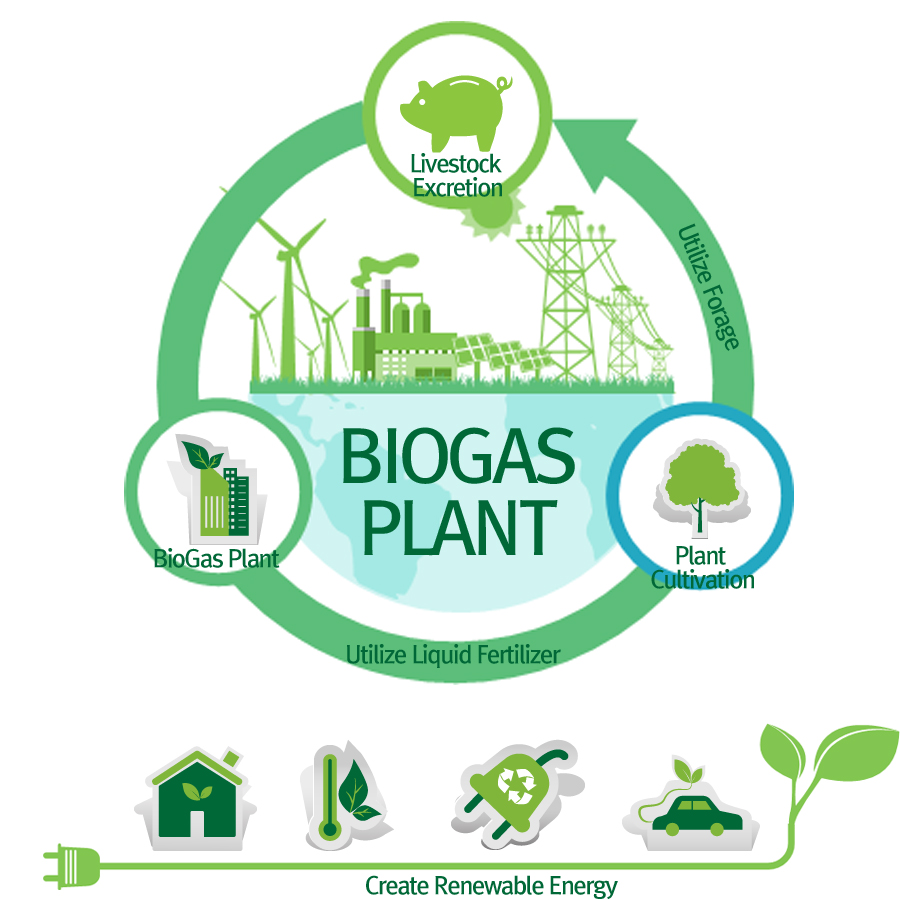 |
|---|
01Climate Change Agreement Validation
High possibility of being included in the binding emission reduction targets as the Kyoto Protocol takes effect
High level of interest on clean energy
02Joining the London Convention 1996 Protocol
Prohibiting ocean disposal of waste
- Sewage Sludge / Livestock Excretion: From 2012.01.01
- effluent: From 2013.01.01
Need to expand waste facilities
03Coming of Fossil Fuel Shortage Era
Reached the era of record-high oil price due to mismatch of supply and demand at the point of Peak Oil.
Energy expected to be depleted due to limitation of fossil fuel deposits
Vitalization of new renewable energy is expected
04Low Carbon, Green Growth
“Waste to Energy” policy enforced by the government
Promote new growth power industry
Implementation of 2012 RPS system
Implementation of 2014 RPS system
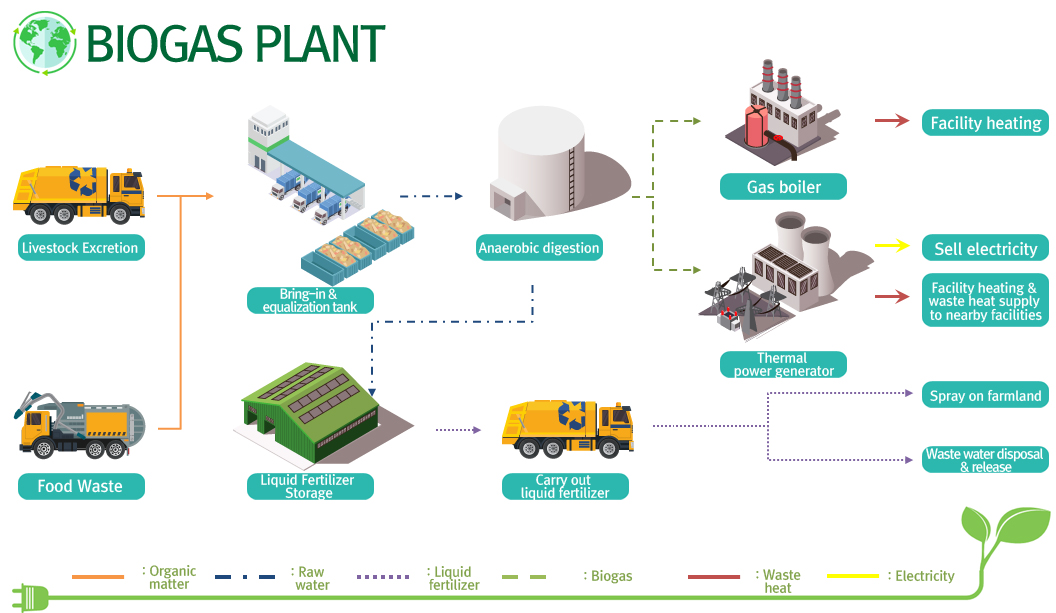 |
|---|
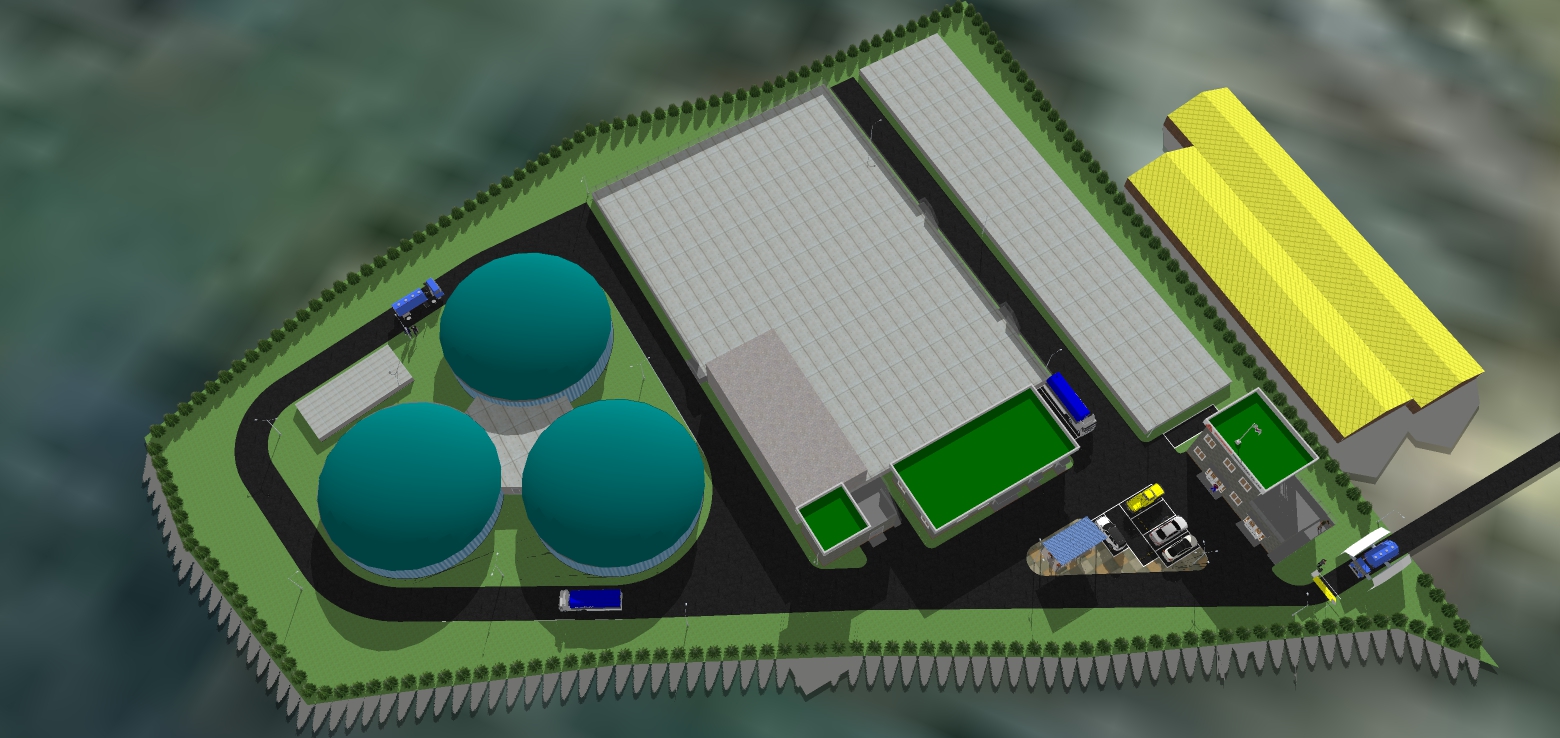
Odor prevention due to the confined structure of the entire process
Increased gas production and reduced operation fees due to full-resource recovery without preconditioning process
Ample amount of fermentation dates for increased energy production & production of homogenous high-efficiency liquid fertilizer
Maximization of safety and durability due to stable concrete structure
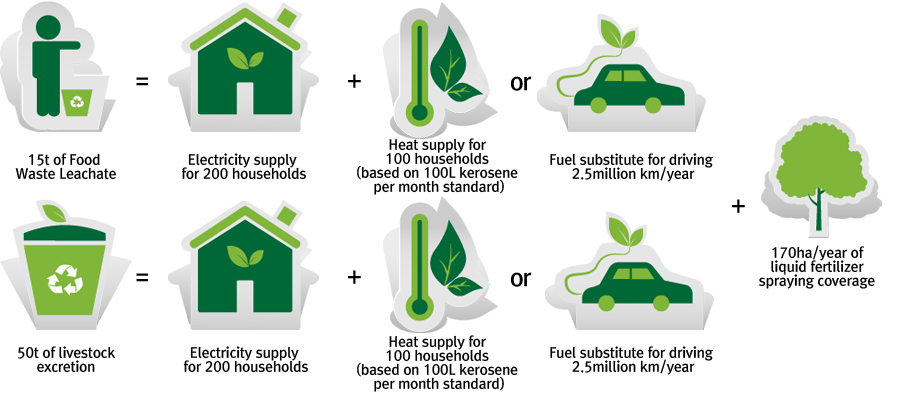 |
|---|
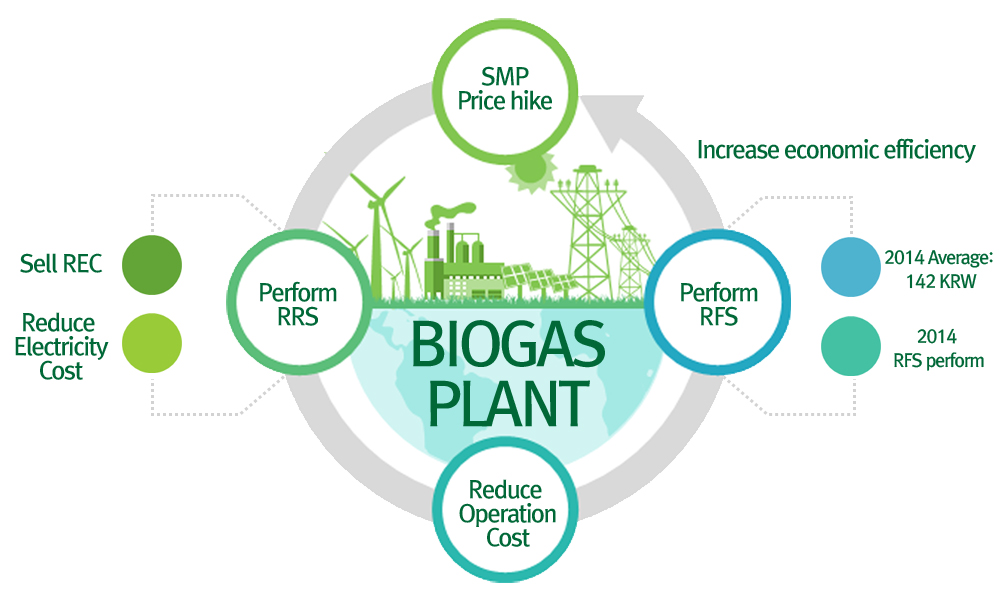 |
|---|
| Processing Capacity | 50~200t |
|---|---|
| Operating Expense | 6 billion~30 billion KRW |
| Subject of Support | Manure & Biotech |
| Supporting Entity | Production Organization (Area NH) |
| Operating Expense Breakdown | Government Expenditure 70%, Regional Expenditure 10%, Self-pay 20% |
| Remark |
| Processing Capacity | 50t~200t |
|---|---|
| Operating Expense | 6 billion~30 billion KRW |
| Subject of Support | Manure & Biotech |
| Supporting Entity | Production Organization (Area NH) |
| Operating Expense Breakdown | Government Expenditure 70%, Regional Expenditure 10%, Self-pay 20% |
| Remark |
| Processing Capacity | 50t~200t |
|---|---|
| Operating Expense | 6 billion~30 billion KRW |
| Subject of Support | Manure & Biotech |
| Supporting Entity | Production Organization (Area NH) |
| Operating Expense Breakdown | Government Expenditure 70%, Regional Expenditure 10%, Self-pay 20% |
| Remarks |